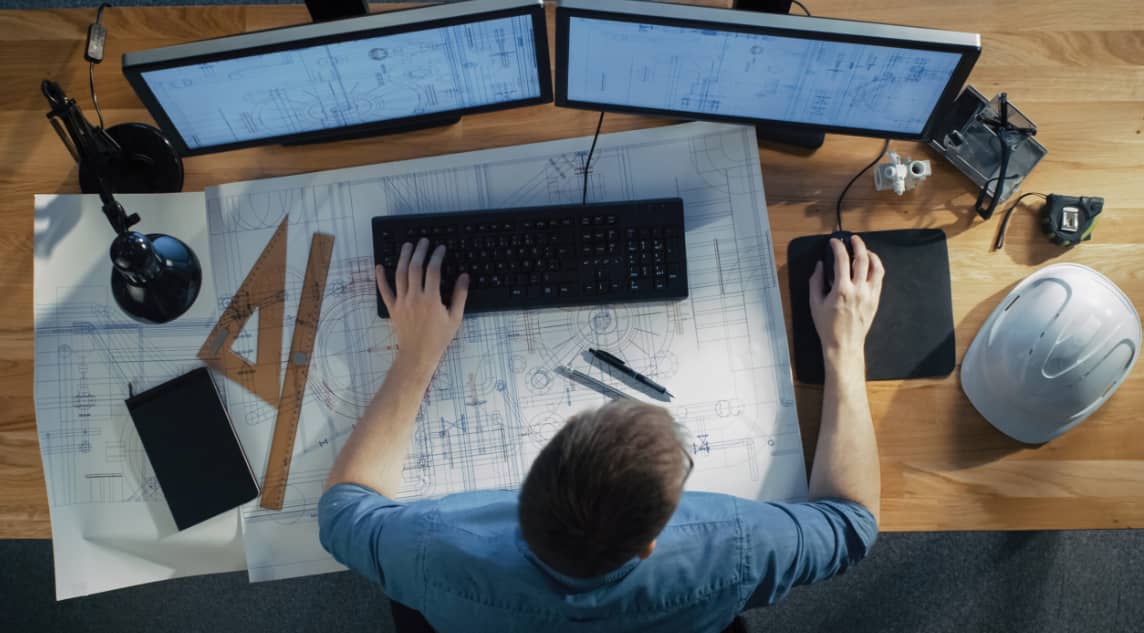
Apart from following the assigned blueprint, architectural drafting and design shape the world around us. They play a pivotal role in creating the spaces we inhabit and influence our daily lives. From towering skyscrapers to quaint public squares, the impact of architectural drafting is far-reaching and crucial.
Let’s discuss its role in giving form and providing substance to our surroundings.
Creating Urban Landscapes
Architectural drafting contributes significantly to the development of urban environments. Architects are the masterminds behind the design of public spaces, streetscapes, and city skylines. Their expertise determines the functionality, aesthetics, and overall character of our cities.
Influencing Social Interactions
Architectural design has a profound effect on social interactions within urban spaces. Thoughtful design can foster community engagement and enhance social cohesion. For instance, well-designed parks, plazas, and community centers provide spaces for people to gather, connect, and build relationships.
Promoting Walkability and Accessibility
Designing cities with walkability and accessibility in mind is crucial for creating vibrant and inclusive communities. Architects ensure this through pedestrian pathways, bike lanes, and public transportation when drafting their designs. By prioritizing walkability, architects contribute to healthier and more sustainable urban environments.
Adapting to Climate Change
An architectural draftsperson can incorporate renewable energy sources, green infrastructure, and buildings that withstand extreme weather events in their process. By embracing these practices, architects contribute to a more sustainable and climate-resilient future.
Green Architecture and Ecosystem Services
Green architecture focuses on integrating natural elements and ecosystem services into the built environment. These elements like green roofs, living walls, and rainwater harvesting systems provide ecological benefits that make cities healthier and sustainable.
Energy Efficiency and Resource Conservation
Architects can employ design strategies that minimize energy consumption, such as utilizing energy-efficient materials, optimizing natural lighting, and incorporating efficient heating and cooling systems. Additionally, architects can promote resource conservation by designing spaces that reduce waste generation and facilitate recycling.
Considering Cultural and Historical Context
By preserving and respecting local heritage, architects can create spaces that reflect the identity and values of a community. This approach ensures that new developments harmoniously blend with existing architecture and contribute to a sense of place and belonging.
Conclusion
Architectural drafting and design shape our urban and ecological environments in profound ways. Architects and designers are increasingly embracing sustainable and vibrant design practices, ensuring a better future for generations to come. So, let’s continue to shape our world with creativity, innovation, and a commitment to a better tomorrow.
